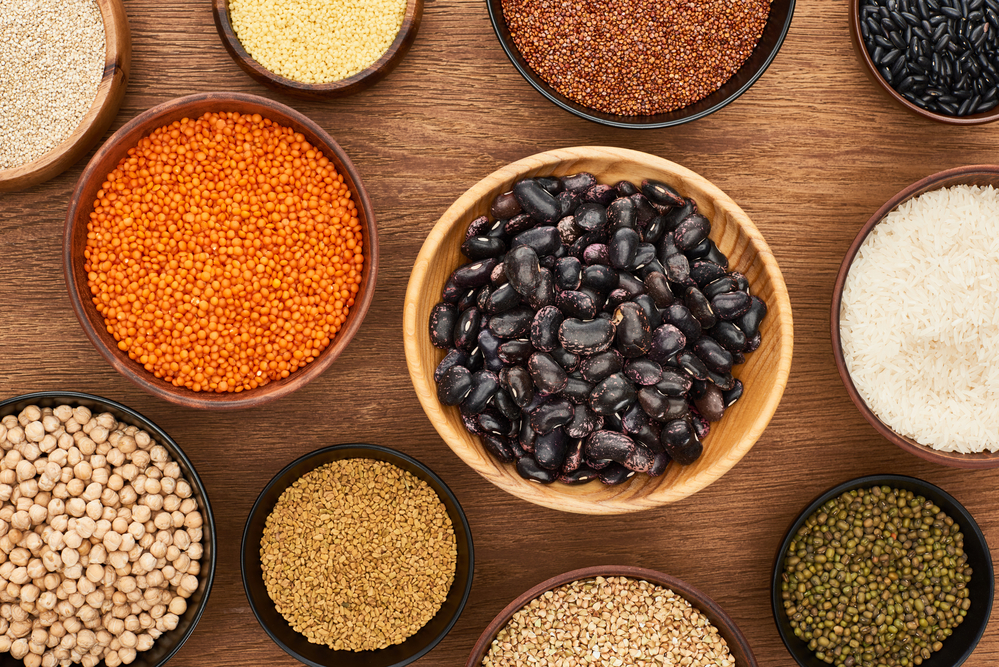In the realm of culinary simplicity, few dishes hold as much cultural significance and nutritional value as rice and beans. Revered for their affordability, versatility, and sustenance, these humble staples have sustained communities around the world for centuries. Yet, despite their simplicity, rice and beans are often misunderstood, overlooked, or dismissed as bland or unexciting. In this article, we’ll explore the transformative power of rice and beans and how their preparation can elevate them from mere sustenance to culinary delights that nourish body, mind, and soul.
At its core, the beauty of rice and beans lies in their simplicity and adaptability. Whether served as a hearty stew, a comforting side dish, or a flavorful salad, rice and beans provide a canvas upon which a myriad of flavors, textures, and aromas can be layered and combined. From savory spices and aromatic herbs to fresh vegetables and protein-rich meats, the possibilities for culinary creativity are endless when it comes to preparing rice and beans.[1]
Moreover, the nutritional[2] benefits of rice and beans are undeniable. Rich in complex carbohydrates, fiber, and essential vitamins and minerals, rice and beans provide a steady source of energy and nourishment that is both satisfying and sustaining. When combined with complementary ingredients such as vegetables, lean proteins, and healthy fats, rice and beans can form the foundation of a balanced and nutritious diet that supports optimal health and well-being.[3]
Yet, despite their nutritional value and culinary potential, rice and beans are often relegated to the realm of “boring” or “basic” foods. This misconception stems not from the inherent qualities of rice and beans themselves, but rather from the way in which they are prepared and served. When cooked without care or attention to flavor and texture, rice and beans can indeed be bland and uninspiring. However, with a few simple tweaks and adjustments, they can be transformed into mouthwatering dishes that delight the senses and nourish the soul.[4]
So, how can we elevate the humble rice and beans from mere sustenance to culinary masterpieces? The key lies in the art of preparation—the careful selection of ingredients, the thoughtful combination of flavors, and the mindful attention to detail that transforms simple ingredients into extraordinary meals.[5]
Start by selecting high-quality ingredients that are fresh, flavorful, and sustainably sourced. Choose aromatic spices, fresh herbs, and seasonal vegetables that complement the natural flavors of rice and beans and add depth and complexity to your dishes. Experiment with different cooking techniques, such as sautéing, roasting, or braising, to bring out the natural sweetness and richness of your ingredients.
Additionally, don’t be afraid to get creative with your flavor combinations and ingredient pairings. Mix and match ingredients from different culinary traditions and cultural cuisines to create unique and unexpected flavor profiles that surprise and delight the palate. Whether it’s adding a splash of coconut milk and a pinch of curry powder to a pot of black beans, or tossing rice with fresh cilantro, lime juice, and diced tomatoes, the possibilities for culinary exploration are endless when it comes to rice and beans.
Finally, embrace the ritual of cooking and eating rice and beans as a celebration of community, connection, and tradition.[6] Gather friends and family around the table to share in the joys of preparing and savoring delicious meals together, and take the time to appreciate the simple pleasures of good food and good company. In doing so, you’ll not only nourish your body with wholesome, nourishing food, but also feed your soul with the warmth and richness of shared meals and cherished memories.
In conclusion, rice and beans are far more than mere staple foods—they are symbols of sustenance, resilience, and cultural heritage. By embracing the art of preparation and infusing them with creativity, flavor, and love, we can transform these humble ingredients into culinary delights that nourish body, mind, and soul. So, the next time you find yourself reaching for a bag of rice and a can of beans, remember the transformative power that lies within them, and let your imagination run wild as you embark on a culinary journey of discovery and delight.
[1] Dhillon, Piverjeet Kaur, and Beenu Tanwar. “Rice bean: A healthy and cost-effective alternative for crop and food diversity.” Food Security 10.3 (2018): 525-535.
[2] Sparvoli, Francesca, Roberto Bollini, and Eleonora Cominelli. “Nutritional value.” Grain legumes (2015): 291-325.
[3] Katoch, Rajan. “Nutritional potential of rice bean (Vigna umbellata): an underutilized legume.” Journal of food science 78.1 (2013): C8-C16.
[4] Pattanayak, Arunava, et al. “Rice bean: a lesser known pulse with well-recognized potential.” Planta 250 (2019): 873-890.
[5] Monge-Rojas, Rafael, et al. “Influence of sensory and cultural perceptions of white rice, brown rice and beans by Costa Rican adults in their dietary choices.” Appetite 81 (2014): 200-208.
[6] Wilk, Richard, and Lívia Barbosa, eds. Rice and beans: a unique dish in a hundred places. Berg, 2012.

